What is Hemp Fabric?
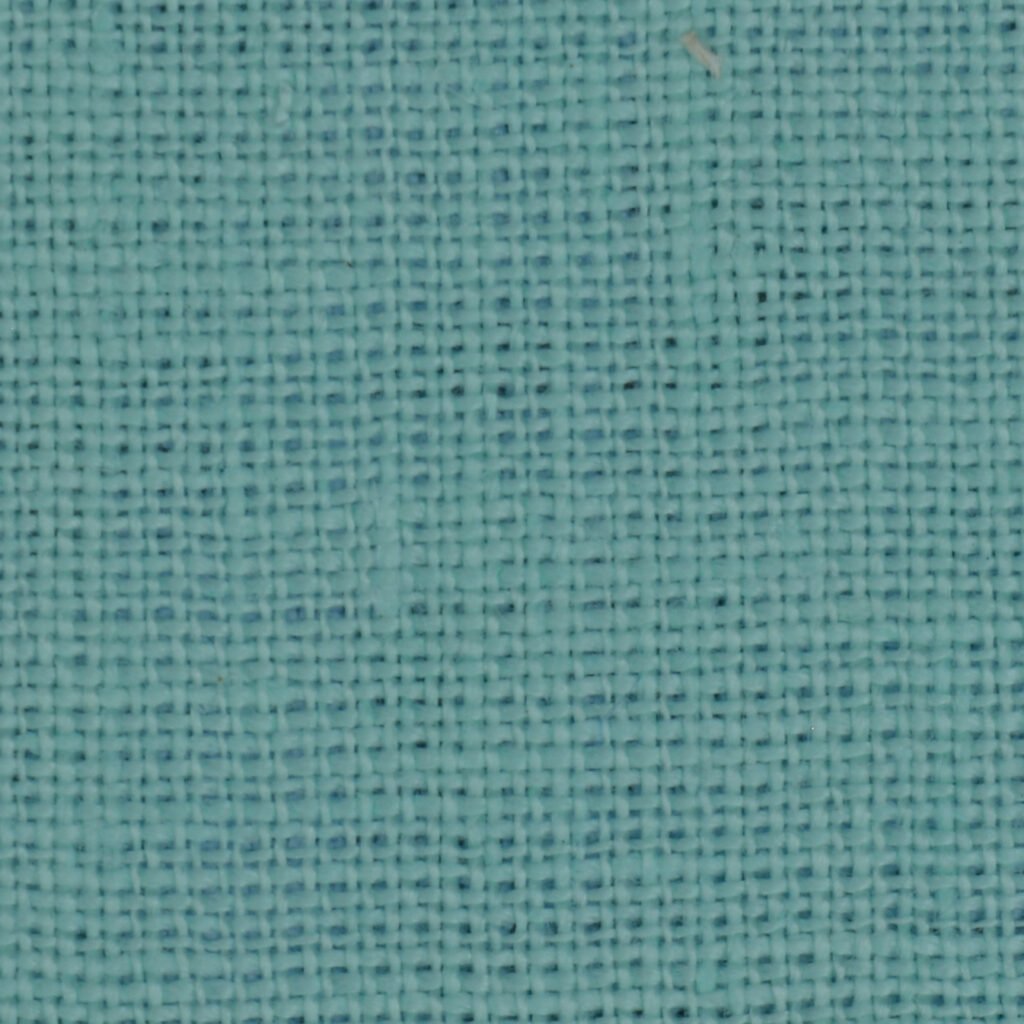
- Symphony’s Fabrics: Your Reliable Place for Hemp Clothes that Last and Can Be Used Many Ways.
Hemp cloth is becoming very popular nowadays because of its great features and being environmentally friendly. Fabrics by Symphony, a big company in the business, is happy to give good hemp fabrics. These fabrics are kind to nature and strong enough for many uses. In this article, we will look into the special features and advantages of hemp cloth. We’ll also show you why Symphony’s Fabrics should be your first choice for all things hemp fabrics related! - Sustainability: A Key Element
One big reason why people who care about the environment like hemp cloth is because it’s good for our earth. Hemp is a very quick-growing plant that needs little water and no bug killers or weed killers to do well. It also restores the dirt it grows in, making it a great choice for farming that makes things better.
- Symphony’s Fabrics gets its hemp from good and fair sellers who follow eco-friendly ways to grow plants. By picking Symphony’s cloth, you are not just helping to make farming good for the earth but also doing your bit for a cleaner and greener world.
- Durability that Lasts
In terms of toughness, hemp cloth is better than many other natural materials. Hemp fibers are very strong and can withstand damage. They can last for years without ever losing their quality or strength. This toughness makes hemp cloth a great pick for many uses, like making clothes, sitting covers and extra stuff.
- Symphony’s Fabrics knows how important strength is in fabrics. That’s why they have a lot of choices in hemp cloth, picked for how long they last and their strength. If you need fabric for tough jeans or a strong material to upholster, Symphony’s Fabrics will help you.
- Versatility for Every Need
Hemp cloth is very flexible, which makes it good for many types of uses. It can be mixed with other threads like cotton, silk or linen to make special and new fabrics. Hemp fabrics is known for its breathable and moisture-wicking properties, making it great for clothes in hot weather.
- Symphony’s Fabrics has a big selection of hemp fabric mixes, so you can find the right one for what you need. For summer clothes that are light and let your body get fresh air, Symphony’s Fabrics has many choices. They also have heavier blends for things like furniture covers and home decorations to suit everything you need.
- Quality Assurance with Symphony’s Fabrics
When we talk about hemp cloth, quality is very important. Symphony’s Fabrics knows this and makes sure all their things are made with the best quality possible. Each cloth gets checked and tested very carefully to make sure you get a top-notch product.
Symphony’s Fabrics is happy with their great customer service. Their smart group is always there to help you pick the best fabric, answer questions and give expert advice. With Symphony’s Fabrics, you can be sure that your hemp fabrics is the best available.
Conclusion
Hemp Fabric gives a green, strong and flexible choice instead of regular materials. Symphony’s Hemp Fabric, because it cares about quality and keeps things green, is well-known as a dependable provider in this field. By picking Symphony’s Cloth, you can enjoy the good points of hemp cloth and help make a better future.
Look at Hemp Fabrics big selection today and feel the great quality and different uses of hemp fabrics.
How is HEMP Fabric Made?
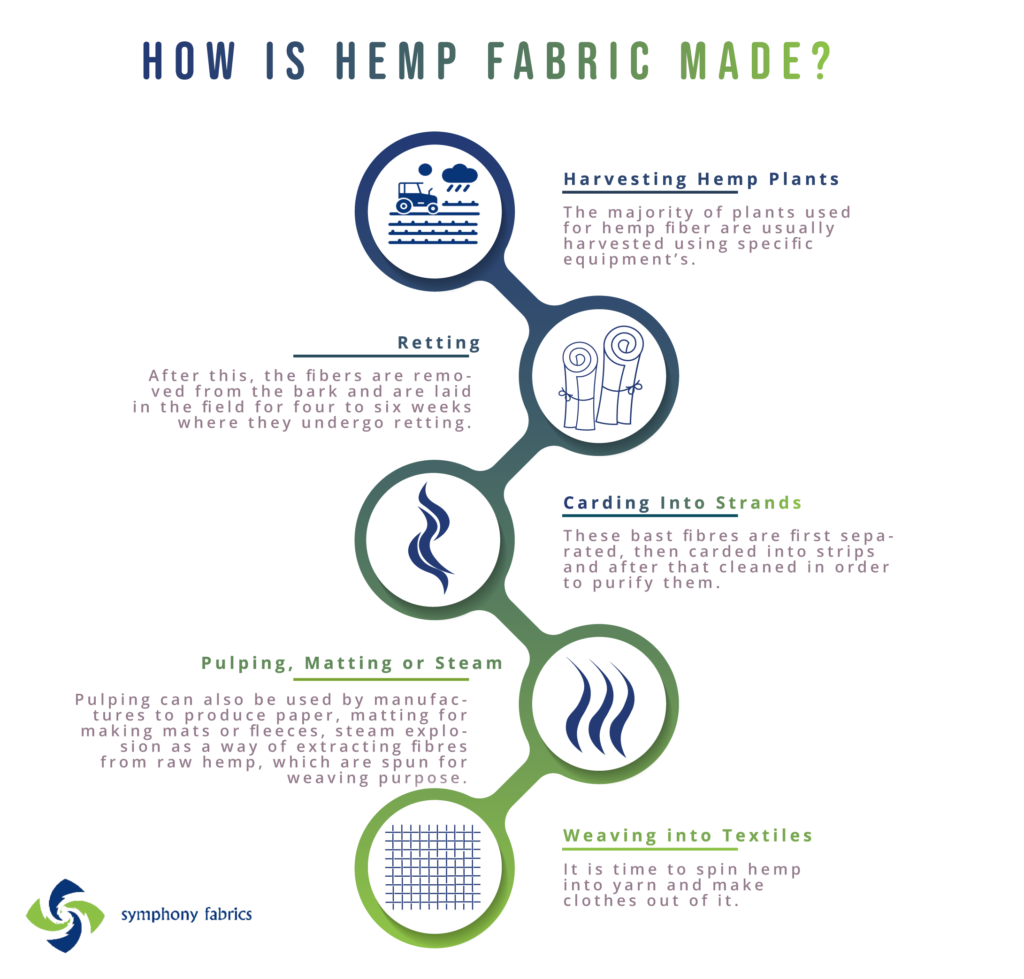
Hemp fabric is made from the strong, fibrous stalks of the hemp plant, a variety of Cannabis sativa L. [I purposefully did not mention marijuana here, though hemp is in the same cannabis family, to avoid confusion]. Hemp has been cultivated for thousands of years for its versatility and durability. It’s a bast fiber, like linen and flax, which means the usable fibers come from the inner stem of the plant.
Here’s a step-by-step breakdown of the process:
- Planting: In the process the first step involves sowing of shorter stemmed varieties that have little branching.
- Harvesting: They then harvest the slender stems that have already flowered after it produces seeds on them.
- Retting: Separating the long fibres in plants and spin into yarn is this process. Water retting or dew retting or chemicals is used for that purpose.
- Breaking and Scutching: Breaking is the subsequent stage after retting in the hemp processing sequence where the woody interior portion, or hurd, is crushed into smaller pieces and separated from the external bast fiber layer. Scutching, which means separating the fibers, takes place during this phase.
- Spinning: This is followed by spinning the hemp fibers into a continuous yarn and finally weaving them up with the thread used for clothing.
- Weaving: This process entails combing the fibers and intertwining them to produce a renewable yarn.
Hemp Material, Hemp Fiber
Where is Hemp Fabric is Produced?
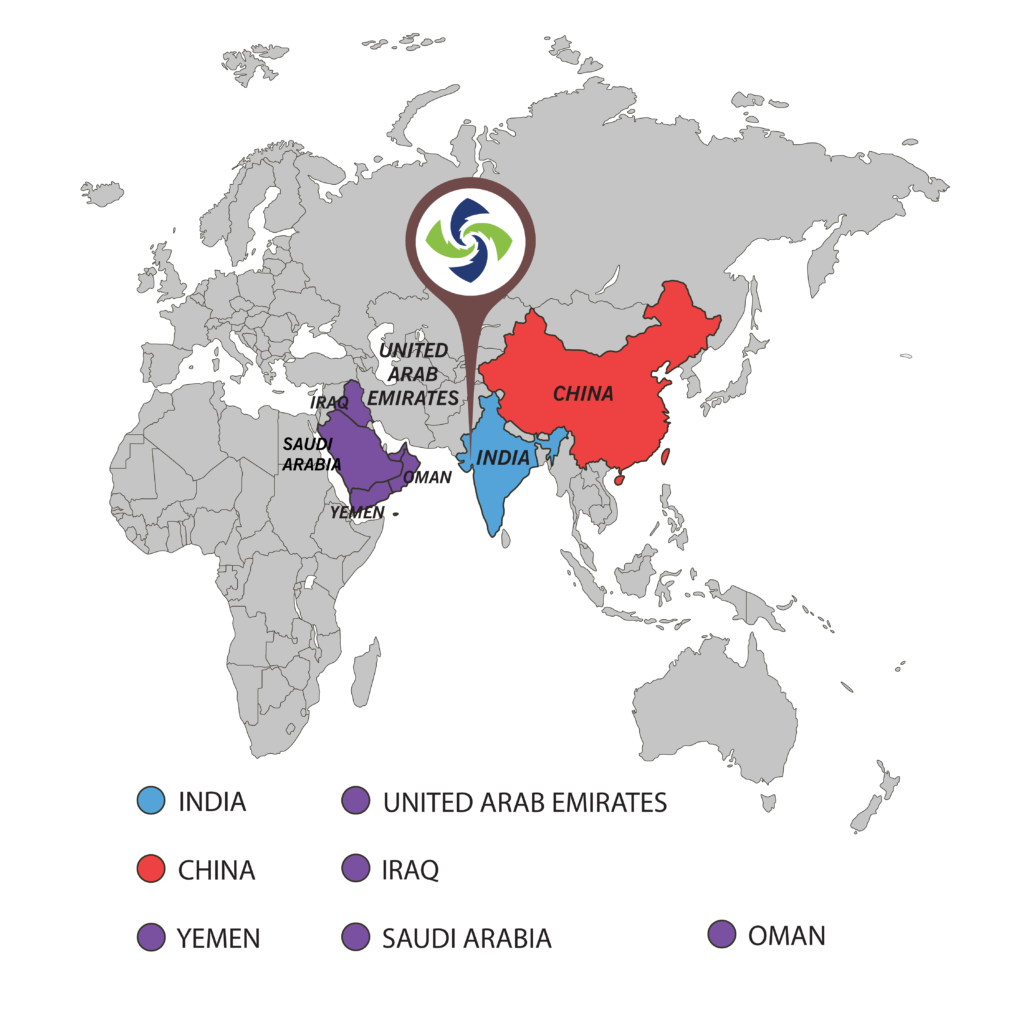
Hemp Fabric is Produced in Some countries like India, UAE, China, Iraq, Yemen, Saudi Arabia, and Oman.
In India, We Produced Hemp Fabric, and We are Selling Hemp Fabrics in Bulk Order with Worldwide delivery.
Hemp Fabric Uses:
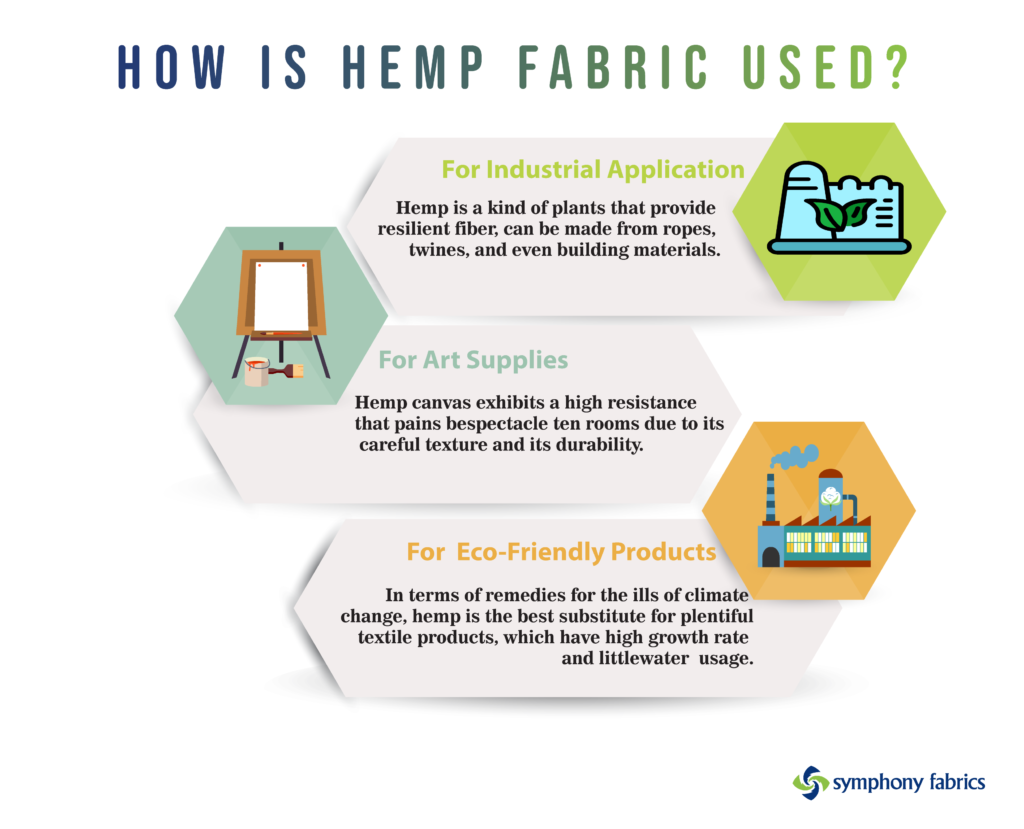
Apparel:
- Hemp Clothing: Hemp’s durability is excellent enough to see you don a long-lasting shirt or skirt or it can be made into a dress, coat, or jackets. Such apparel will be with you not even 100 days. It acquires such a softer touch with each washing that is just perfect for us to drape it with.
Home Goods:
- Towels & Linens: The quality of hemp fiber allows it to be used for making towels, sheets, tablecloths, curtains, and other common household items. The reason being that they also naturally resist decay caused by mold and mildew.
Other Uses:
- Industrial Applications: Hemp is a kind of plants that provide resilient fiber, can be made from ropes, twines, and even building materials.
- Art Supplies: Hemp canvas exhibits a high resistance that pains bespectacle ten rooms due to its careful texture and its durability.
- Eco-Friendly Products: In terms of remedies for the ills of climate change, hemp is the best substitute for plentiful textile products, which have high growth rate and little water usage.
Benefits of Hemp Fabrics:
- Durable: Hemp fibers are among the strongest natural fibers, if we compare them to the others. Therefore, you can be sure that the hemp garments will last longer.
- Comfortable: Hemp break-in is the last point that you need to be aware of it. It becomes softer with time and wear. As a result, you will feel more comfortable the longer you wear it.
- Sustainable: Hemp reduces water and pesticide requirements regarding its growth and production in comparison to cotton.
- Natural: Hemp fabrics is a natural material that not only facilitates air movement but also is antimicrobial and UV-resistant.
Hemp VS Cotton Clothing:
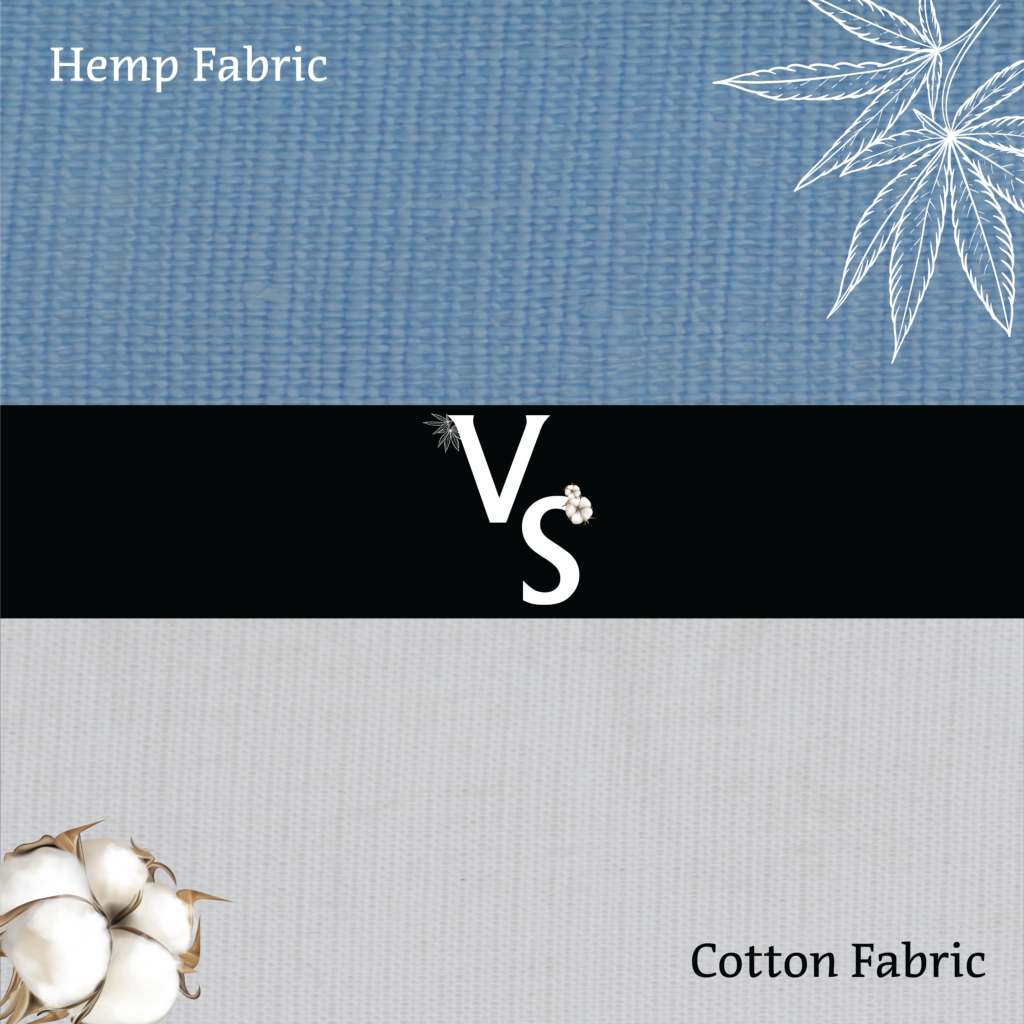
Cotton has been a wardrobe staple for centuries, but there’s a new natural fiber gaining ground: hemp. However, these two also have their equal importance but hemp appears as a more sustainability and multi-purpose option. Let’s go over why hemp could be considered as your best choice in this regard.
Environmental Impact
- Water Wise: Cotton needs to drink a lot. One effective way for it is by using a lot of water to grow. On the other hand, Hemp requires between 15 to 20 per cent water than generally required, which makes it perfect for the area with the scarcity of water supplies.
- Chemical Free: The cotton climate involves huge volumes of pesticides and herbicides used at the expense of many ecosystems and agricultural workers. A hemp benefit is that it is also naturally resistant to pests, which implies the employment of bad chemicals due to fewer needs.
- Yield Powerhouse: One acre of hemp can provide as much fiber as three acres of cotton crops, which is an exemplary form of land resources use and improve efficiency in resources.
Durability Reigns Supreme
- Built to Last: Hemp yarns are extremely durable, they hold up during a long time instead of cotton clothes which dissolve much quicker. This simply means cheaper importation and exportation, and more bang for your buck.
- Softens with Age: Hemp fabric is in contrast to cotton, which is thinning and falling apart with every wash. These hemp fabrics keep becoming softer and more comfortable after being washed.
- Resists the Elements: Hemp is able to withstand mildew, fungus and bacterial growth naturally therefore, it can make great clothing for athletic wear and for the feet that sweats.
Why is Hemp Fabric Sustainable?
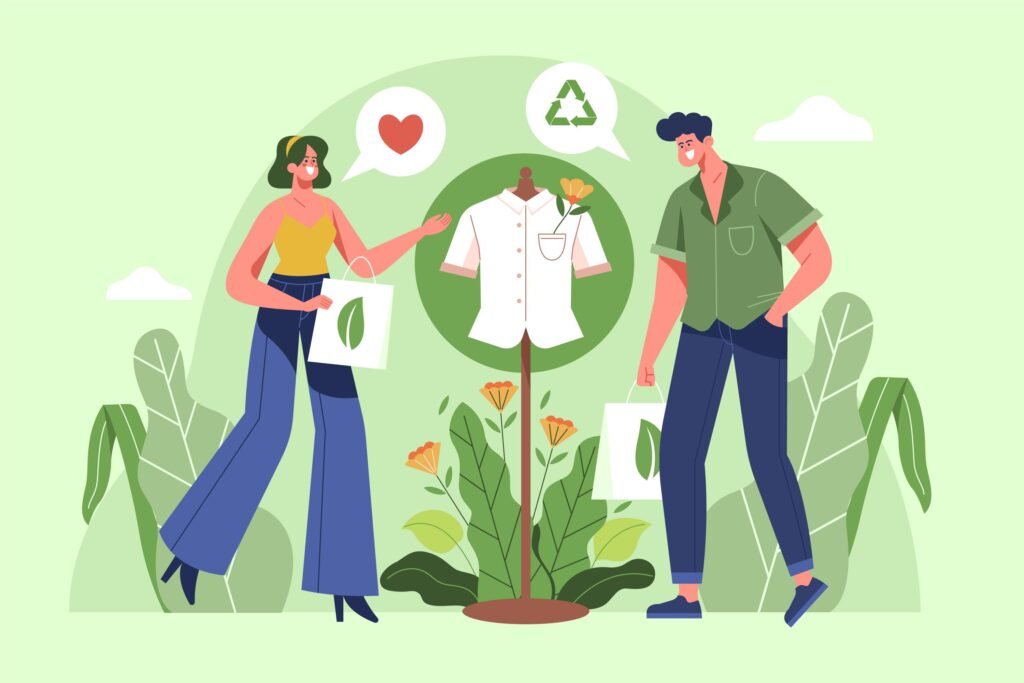
- Resource-efficient: The cycle of hemp is relatively rapid and it is more dense compared to crops such as cotton which therefore demands less area to be cultivated. Moreover, it requires not a lot of water to sustain itself as it calls for relatively small water compared to cotton crops.
- Soil health: Moreover, hemp plants have long and deep roots that hold soil on slopes and allow water to pass through the soil to delay water overflows and flooding. These contribute both to the conservation of the plants and foster the replenishment of nutrients in the soil for continuous crop rotation.
- Chemical-free growth: Hemp is a crop with high resistance to both insects and weeds, and it can therefore be grown with very little chemicals such as pesticides and herbicides, thus reducing pollution and promoting biodiversity.
- Durable: Hemp fibers are strong and long-lasting that clothing items made from hemp will have a longer lifespan than other items fashioned using other materials.This reduces clothing waste.
- Biodegradable: At the end of its life, hemp fabric goes out into the ground fast and is non-noxious, keeping out of danger the environment of other organism and things by the by-products it does not leave behind like microplastic filaments.
Can Hemp Fabric Be Dyed?
Yes, hemp fabric receives and retains color very well. In fact, several properties of hemp make it an excellent candidate for dyeing.
- Natural absorption: Among the properties which make hemp fibers popular choice for textile makers is their ability to absorb dyes resulting in a profound shade and quality.
- Porous nature: The ability to diffuse is one of the advantages of hemp over cotton due to the formation of a dye penetrating porous structure that enhance vibrant colors from the fabrics.
- Versatility: Hemp cloth may be dyed using either natural dyes or a range of synthetic colorants such as fiber-reactive and direct ones or even some acid or dispersed dyes.
Hemp Clothing:
Hemp clothing is the eco-conscious choice you’ve been waiting for. Made from the hemp plant, it offers a unique blend of style, comfort, and environmental responsibility.
- Sustainable: Hemp shows a high production speed due to the fact that it is resilient to climate conditions and consumes small amounts of water unlike its counter part cotton.
- Durable: Hemp of the fibers is very, very strong, thus all your hemp garments will last for the years.
- Comfortable: Hemp cloth is nice and airy so that you stay not wrapped up but cool as a cucumber in the summer and warm as a potato in the winter.
- Naturally Antibacterial: Hemp-based garments refreshes your body even under extreme conditions hence the feeling of freshness will be there all day long.
Why Hemp Fabric is Good?
Hemp Fabric is Good For the Environment.
The hemp textile fashion has been making its appearance on the market for some time, and it is believed that its popularity is well-deserved. This combination of elements helps it to be a great one not only in your wardrobe but also for the planet as well. Here’s why hemp fabric stands out:
Sustainable Superhero:
- Eco-friendly: Hemp farming is unique in that it uses very little water and excels even without the need for fertilizers, pesticides or herbicides. This makes it a better/alternative one than cotton as far as sustainability goes.
- Fast Growing: Hemp reproduces quickly and nutrients the earth thus, it’s a regenerative of resource.
Durability You Can Depend On:
- Super Strong: The hemp fibers are highly strong being the strongest naturally collected ones. It is about garments that would be so exceptional they would take years before one would think about ordering something else, therefore the reduction of the textile waste.
- Softens with Age: Instead of harsh textures getting worse from wear, hemp clothing ironically does the opposite, conferring on you, the better the washing.
Comfort Next to Skin:
- Breathable Bliss: The heating fabric of hemp gives a chance to air to go through you so in summer, you cool down and in winter, you are heated.
- Naturally Antibacterial: Hemp has the ideal characteristic to resist the growth of mildew, mold, and eubacterium, which in turn prevents smell from adhering to your clothes.
- UV Protection: Hemp wraps itself in a UV ray filter.
Is Hemp Fabric Soft?
The answer is yes, hemp fabric can be very soft, but there are a few things to consider:
- New vs. Loved Hemp: The new hemp material is sometimes in the state of being rather stiff or course like that of the flax or linen. He also says that hemp has exceptionality which makes it softer in contrast to its washing and wear. Initially, the hemp fabric will be stiff and rigid, but with time, it will feel more and more comfortable, and you might be surprised by its wonderful drape of it.
- Blends for Extra Softness: Despite being wildly comfortable in its natural state, a large number of hemp brands for clothes mix hemp with other types of fiber, and that produces an even softer feeling.
